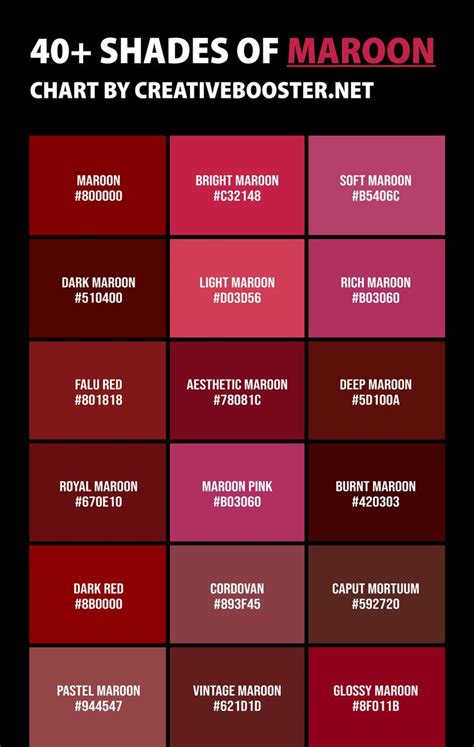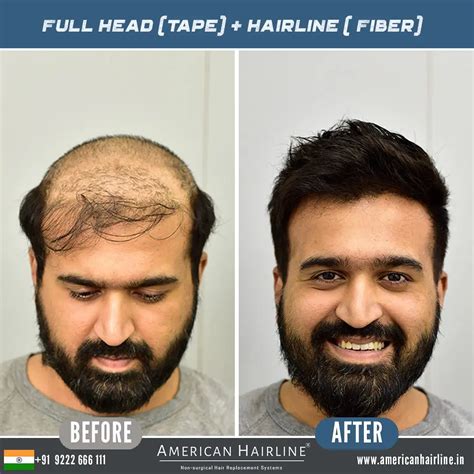Introduction
Hair loss is a common concern among men, affecting millions worldwide. The social and psychological impact of hair loss can be significant, leading to diminished self-esteem and reduced quality of life. Fortunately, advancements in hair replacement technologies have created a range of effective solutions for men seeking to restore their hair.

Causes of Hair Loss in Men
-
Male Pattern Baldness (Androgenetic Alopecia): This genetic condition is responsible for over 95% of hair loss in men. It occurs when a hormone called dihydrotestosterone (DHT) shrinks hair follicles over time, leading to progressive hair thinning and eventual baldness.
-
Telogen Effluvium: This temporary hair loss occurs due to various factors such as stress, illness, or medications. Hair follicles enter the resting phase and shed, resulting in noticeable hair loss.
-
Alopecia Areata: An autoimmune disorder that causes hair loss in patches. The immune system attacks hair follicles, resulting in circular or irregular areas of baldness.
-
Alopecia Totalis/Alopecia Universalis: These conditions involve the complete loss of hair on the scalp (Alopecia Totalis) or the entire body (Alopecia Universalis).
Types of Hair Replacement for Men
- Non-Surgical Hair Replacement
-
Hairpieces (Toupees): These are pre-made hair units that can be attached to the scalp using clips, adhesives, or tape. They offer quick and convenient hair replacement.
-
Non-Surgical Hair Fibers: Powder or spray-on products that adhere to existing hair, giving the illusion of thicker hair.
- Surgical Hair Replacement
-
Follicular Unit Transplantation (FUT): This traditional method involves removing a strip of scalp with healthy hair follicles and transplanting them to the bald areas.
-
Follicular Unit Extraction (FUE): A minimally invasive technique that involves extracting individual hair follicles from the donor area and implanting them into the recipient area.
-
Hairline Lowering Surgery: A procedure that lowers the hairline by repositioning the scalp tissue and removing a section of skin at the forehead.
Factors to Consider When Choosing a Hair Replacement Method
-
Age: Younger men may prefer non-surgical options, while older men may consider surgical methods.
-
Extent of Hair Loss: The amount of hair loss will influence the type of replacement method suitable.
-
Budget: Hair replacement can be expensive, so it’s important to consider the cost factor.
-
Lifestyle: Factors such as activity level and social interactions may affect the choice of hair replacement method.
-
Personal Preferences: Ultimately, the best hair replacement method is one that meets the individual’s aesthetic preferences and lifestyle needs.
Benefits of Hair Replacement for Men
-
Improved Self-Esteem and Confidence: Restoring hair can significantly boost self-esteem and confidence levels in men struggling with hair loss.
-
Enhanced Appearance: Hair replacement can create a more youthful and attractive appearance, reducing the appearance of balding or thinning hair.
-
Increased Social Acceptability: Studies have shown that men with full heads of hair are perceived as more attractive, successful, and dominant.
-
Reduced Stress and Anxiety: Hair loss can be a significant source of stress and anxiety. Hair replacement can alleviate these concerns and improve mental well-being.
-
Improved Quality of Life: Overall, hair replacement can enhance a man’s quality of life by reducing hair loss-related worries, increasing social interactions, and boosting overall well-being.
How to Choose the Right Hair Replacement Specialist
-
Get Referrals: Obtain recommendations from friends, family, or healthcare professionals who have experience with hair replacement.
-
Research Credentials: Check the specialist’s qualifications, training, and experience in hair replacement.
-
Consult Different Specialists: Schedule consultations with multiple specialists to compare approaches, costs, and patient outcomes.
-
Look for Patient Testimonials and Reviews: Read online reviews or testimonials from former patients to gain insights into their experiences with the specialist.
-
Trust Your Instincts: After consulting with different specialists, choose the one you feel most comfortable and confident with.
Tips and Tricks for Successful Hair Replacement
-
Maintain a Healthy Scalp: Regular scalp care is crucial for hair replacement success. Use shampoos and conditioners formulated for your hair type and scalp condition.
-
Avoid Damaging Hair Care Practices: Severe hairstyles, excessive heat styling, and harsh chemicals can damage both natural and transplanted hair.
-
Protect Hair from Sun and Environmental Damage: Wear a hat or use hairspray with UV protection to shield your hair from sun damage and environmental pollutants.
-
Follow Post-Operative Instructions Carefully: If you undergo surgical hair replacement, strictly follow the surgeon’s post-operative instructions to ensure optimal healing and results.
-
Be Patient and Realistic: Hair replacement is a process. It takes time for transplanted hair to grow and achieve natural-looking results.
